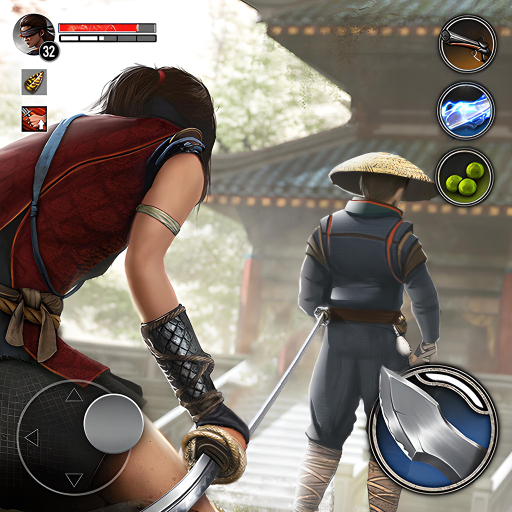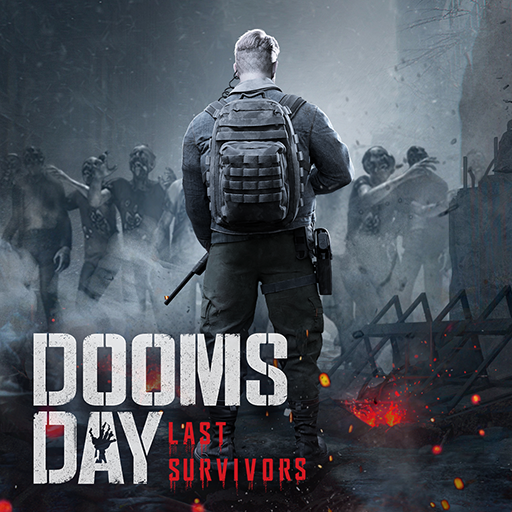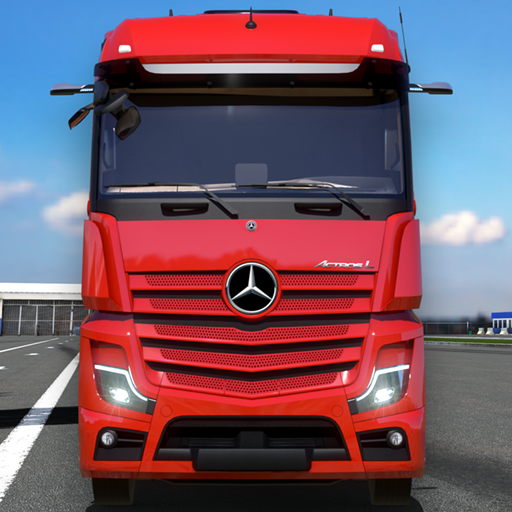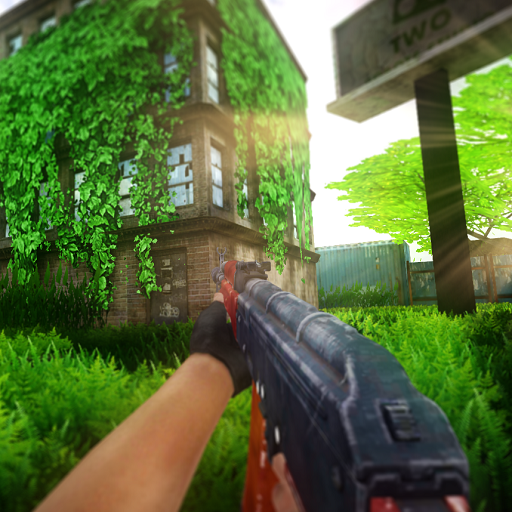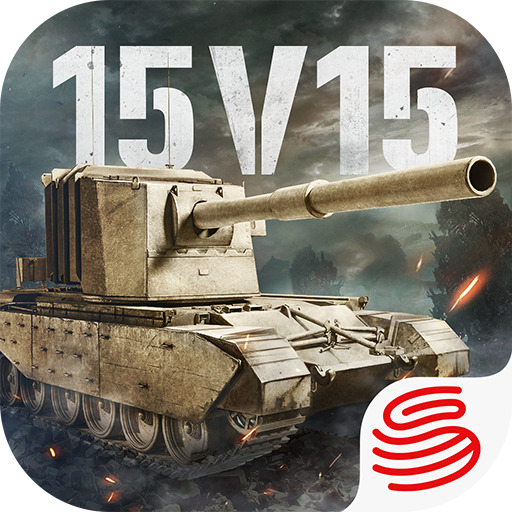《Battlefield 6》, with its 128-player battlefield, dynamic destruction system, and cross-platform combat, has become the most anticipated FPS blockbuster of 2025. However, its complex operation setting interface and a vast array of parameter options have left many players bewildered during the public beta phase. So, how to adjust the settings for Battlefield 6? From sensitivity synchronization to vehicle control, from graphic quality trade-offs to input lag optimization, every step of the setup directly impacts the survival rate on the battlefield. This article will help you sort out the must-change settings, assisting you in balancing frame rates, operational smoothness, and battlefield information acquisition efficiency, completely ridding you of "setting anxiety."
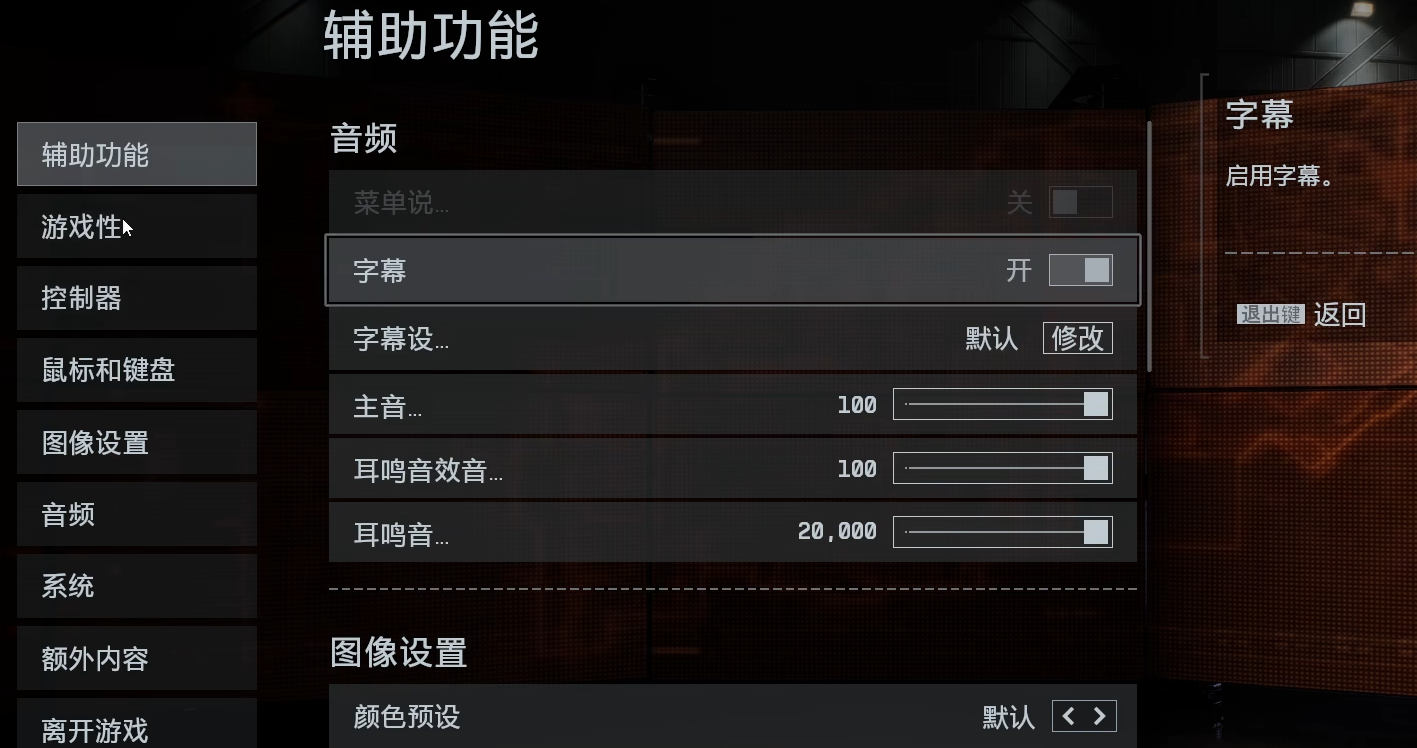
[biubiu Accelerator] Download the latest version
>>>>>#biubiu Accelerator#<<<<<<
1. Operation Control Optimization:
1.1 Mouse and Keyboard Settings
Sensitivity Synchronization: Turn off the "default unified standard" to avoid forced synchronization of scope and hip-fire sensitivity. Adjust the coefficient according to your preference, recommended 133 or 178, ensuring aiming flexibility.
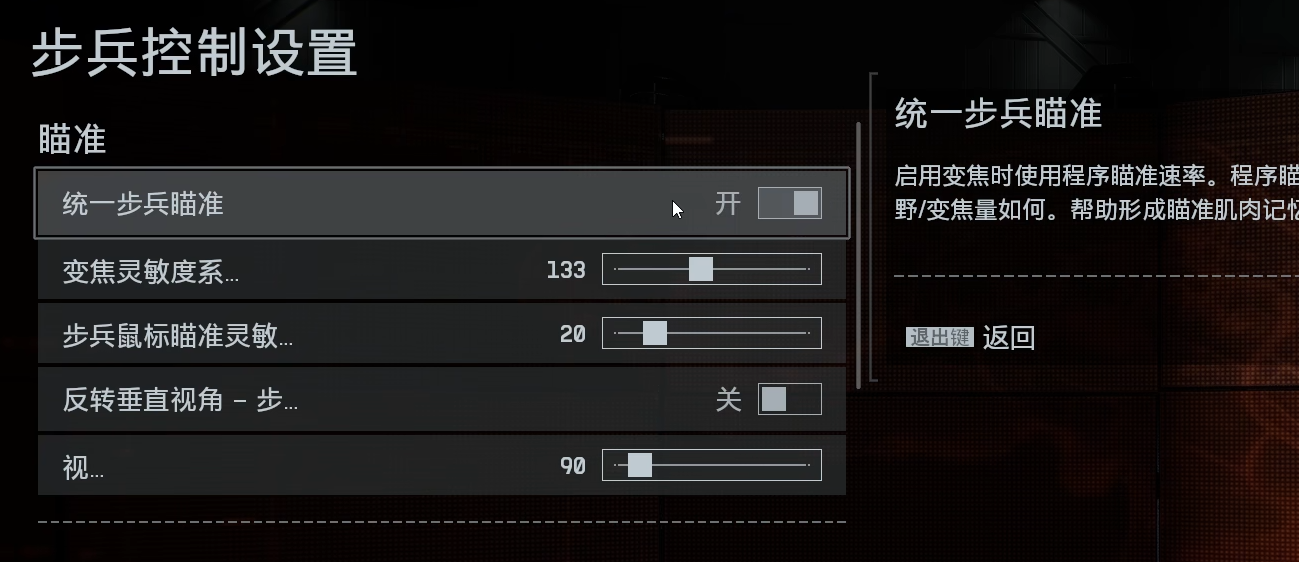
Slide Optimization: Set "sprint side slide" to off, and check the key binding settings. A single press (default C key) for crouching should directly trigger the slide, enhancing mobility.
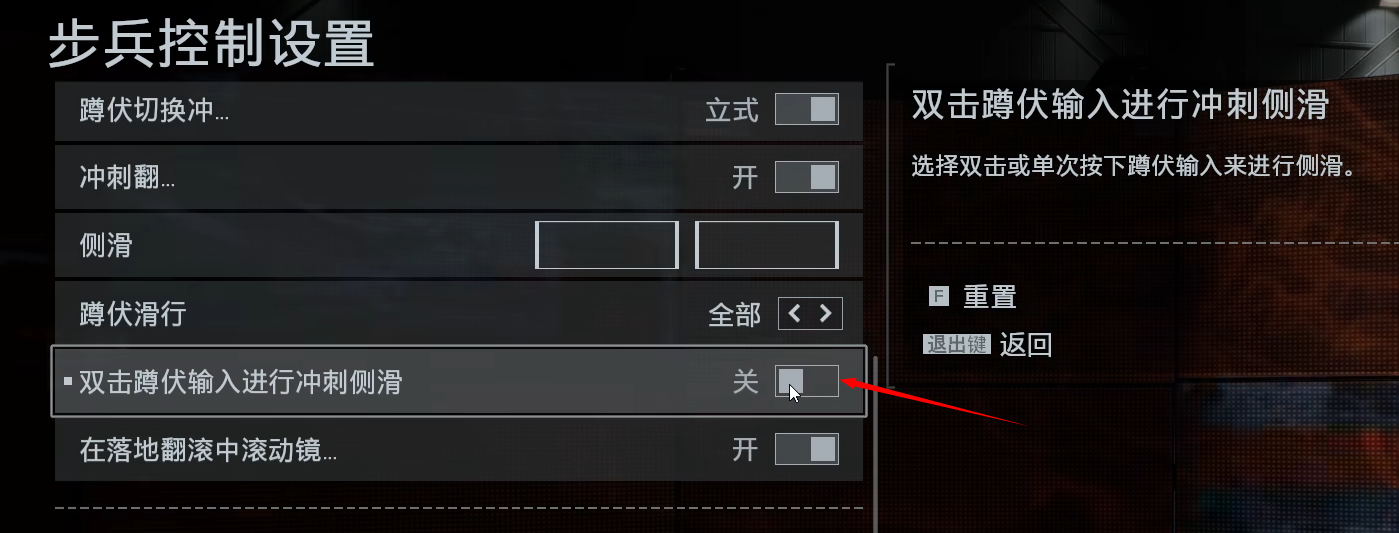
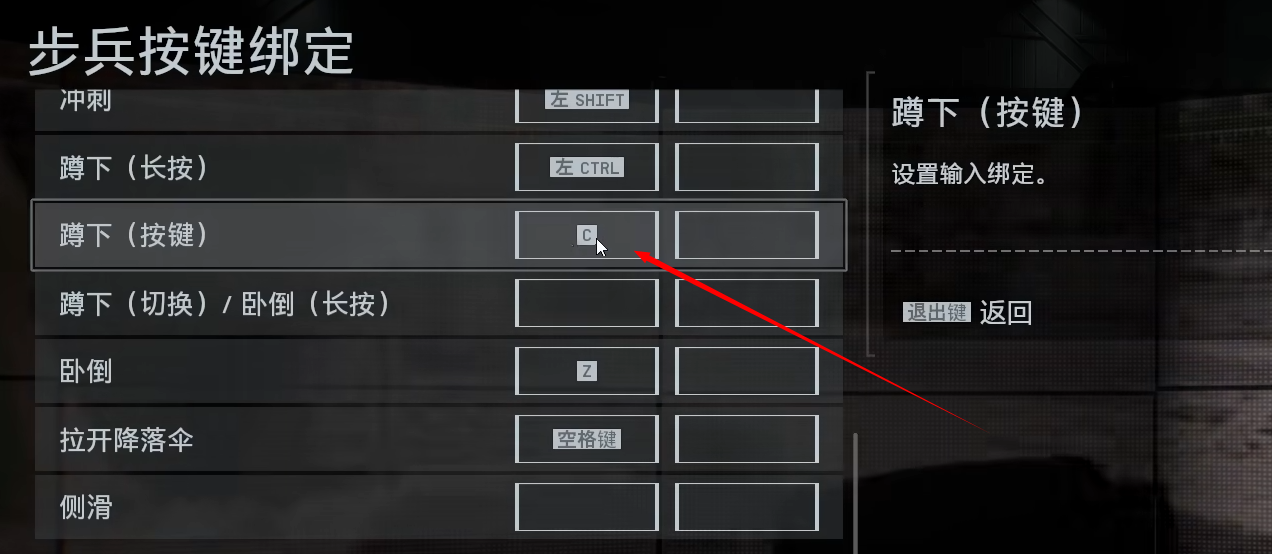
Aiming Mode: Change to toggle mode in "weapon zoom/stabilized zoom" to reduce the burden of long-press operations.
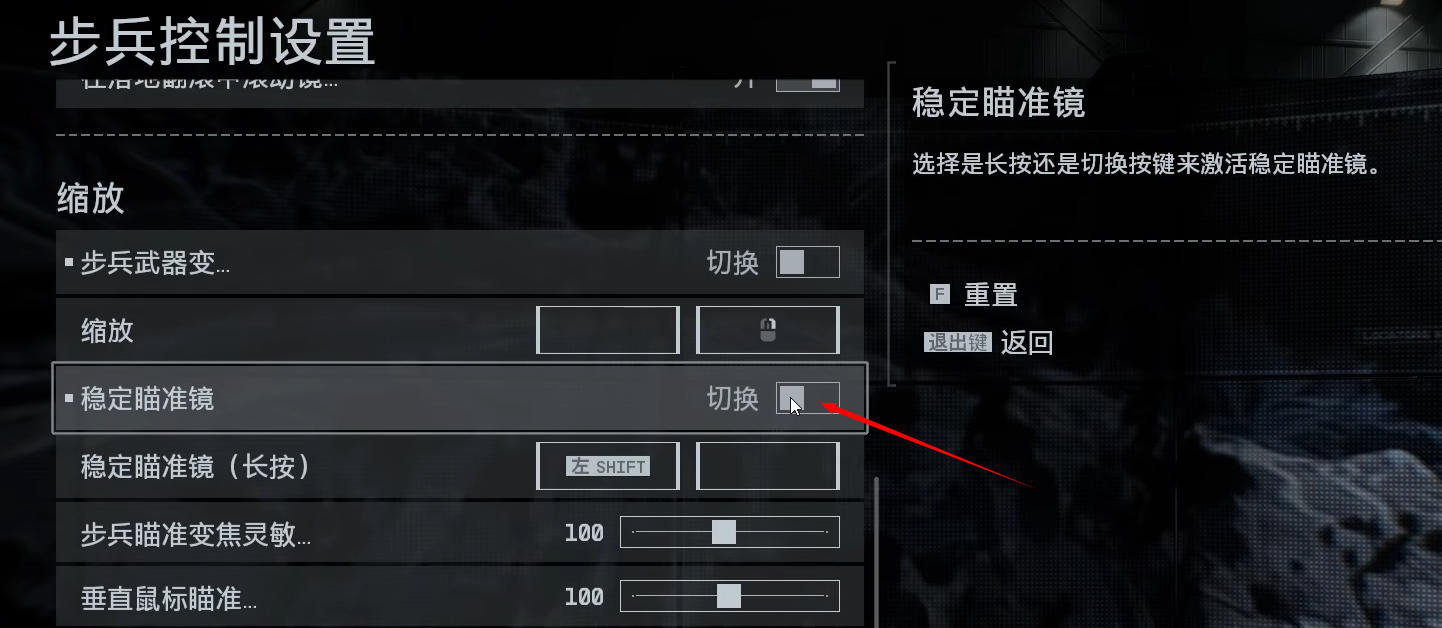
Aim Assist Calibration: Go to "Gameplay → Aim Assist" and set all values to 0 to avoid system assistance interfering with manual aim precision.
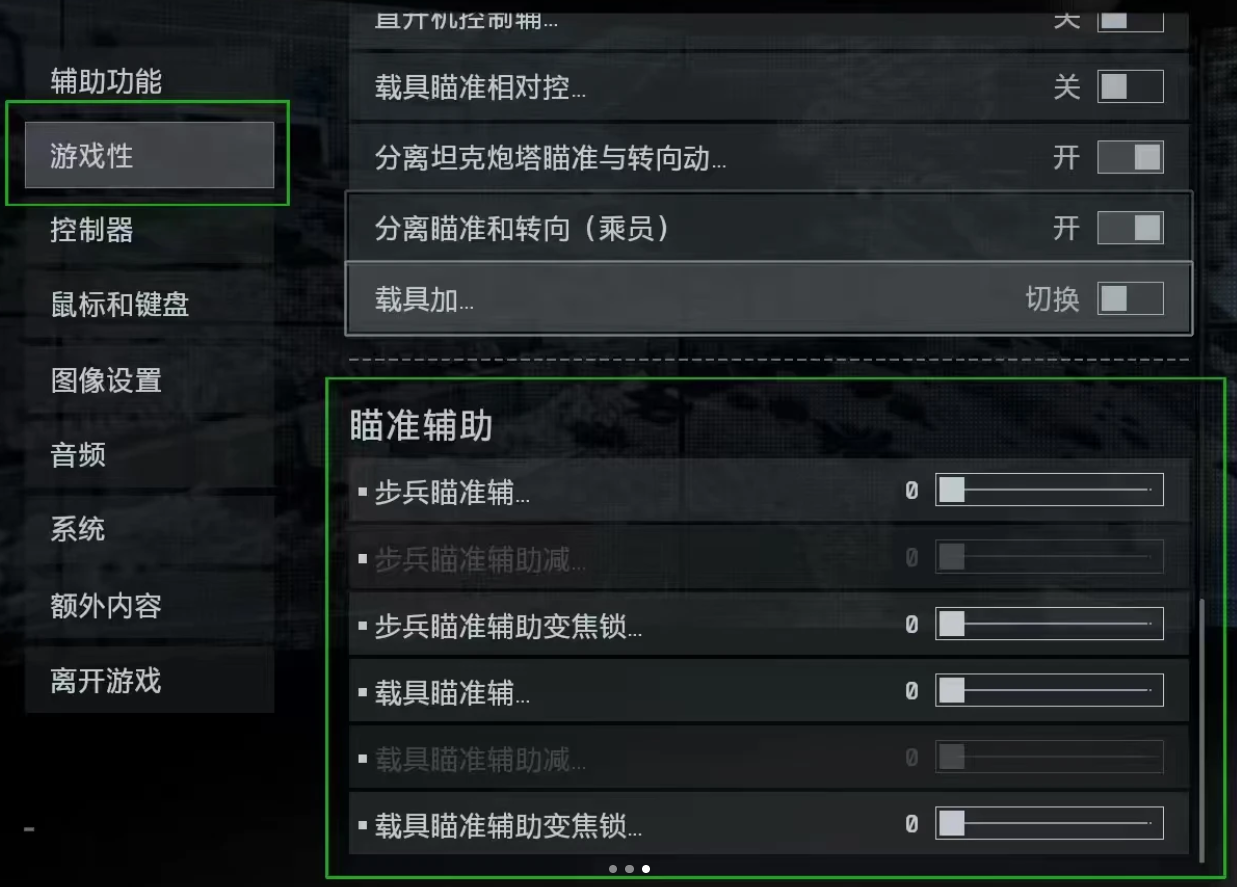
2. Vehicle Control
Airplane Dizziness Prevention: Turn off "air roll view" to prevent dizziness caused by the rotation of ground reference points when the aircraft rolls.
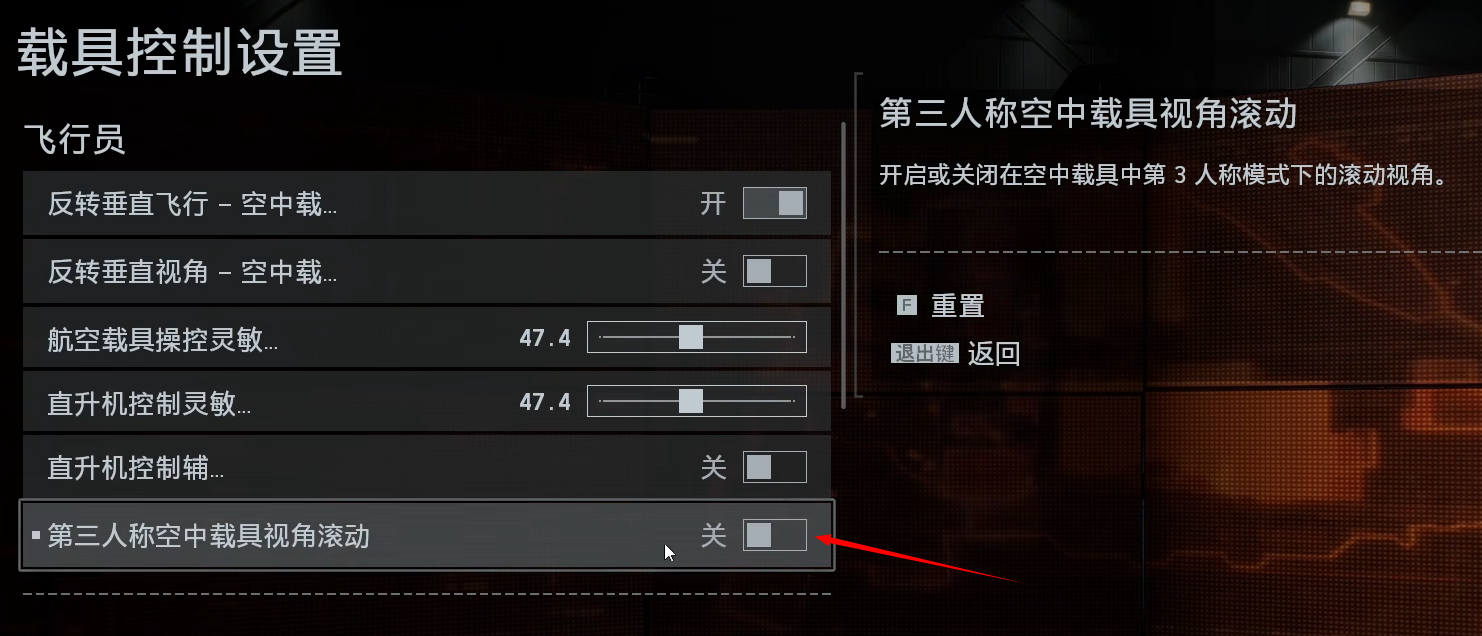
Sensitivity Grading: It is suggested that vehicle sensitivity be lower than infantry (e.g., controller 50, mouse 20), and enable "vehicle aim" to enhance turret control freedom.
Control Scheme: Switch the vehicle/aircraft scheme to Alternate, changing the left stick to steering control (not forward/backward movement), significantly reducing the chance of crashes.
2. Image and Performance Balance: Frame Rate Priority with Consideration for Visibility
2.1 Graphic Level Adjustment
Basic Settings: Set texture quality and filtering to high (if VRAM is sufficient), lower mesh quality, and select medium terrain quality, balancing detail and performance.
Effect Trade-offs: Turn off "ray tracing" and "volumetric clouds," and set "effect quality" to low, avoiding explosions and smoke obscuring the view while saving over 30% GPU resources.
2.2 Anti-Aliasing and Sampling Techniques
DLSS/FSR Selection: Enable DLSS (quality mode) or FSR 4, which can increase frame rate by 40% without noticeable input lag; if encountering memory overflow (such as infinite usage), switch to TAA anti-aliasing.
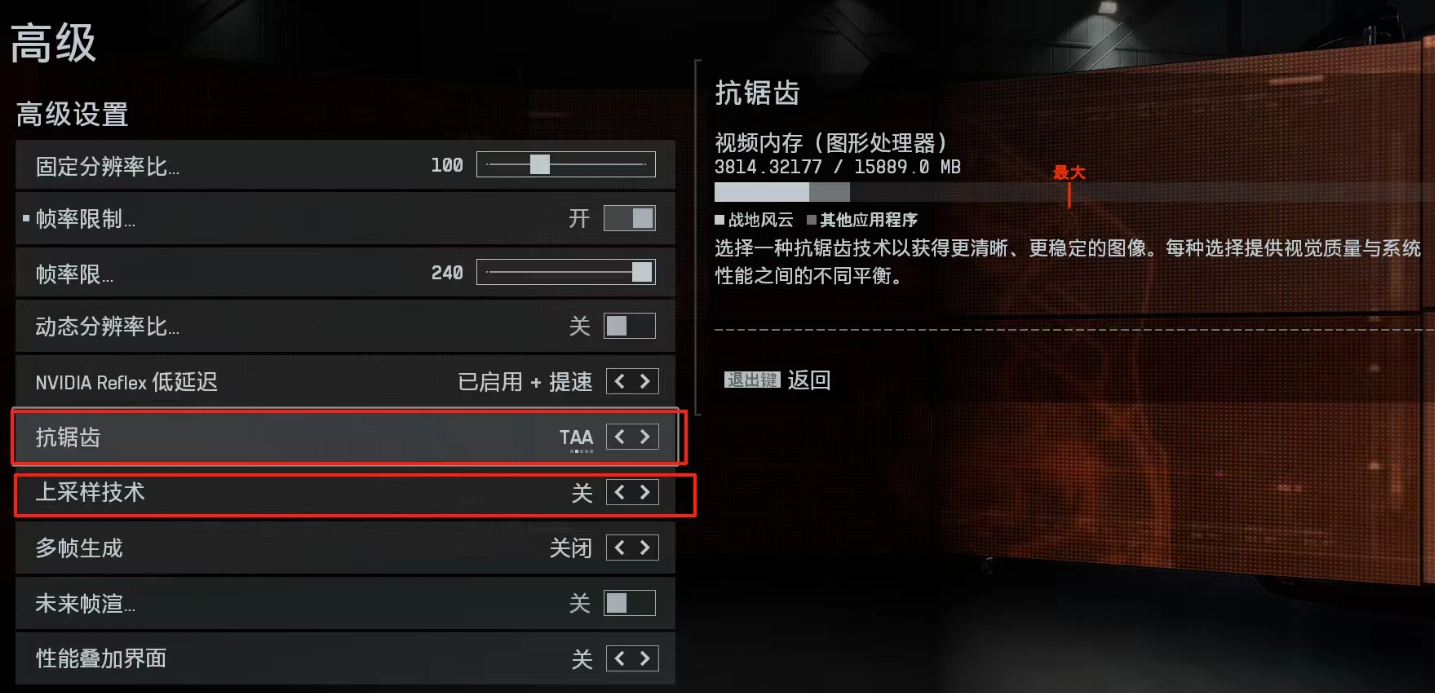
Frame Rate Management: Disable vertical sync (VSync), enable "frame rate limit" (matching monitor refresh rate, such as 240Hz); disable "multi-frame generation" to prevent frame rate limits from failing.

3. Dynamic Effects Reduction
Set "world/weapon motion blur" and "view shake" to 0, turn off "chromatic aberration/vignette/film grain" to reduce visual interference and dizziness.
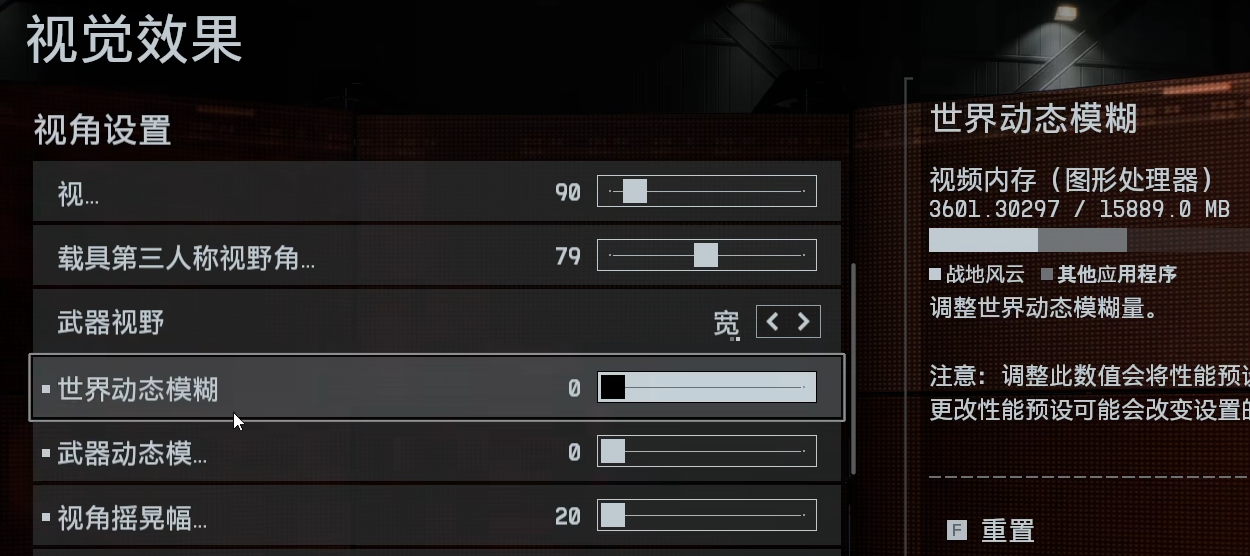
Field of View (FOV): Set infantry FOV to 105-110, and weapon FOV to "wide," expanding peripheral vision while maintaining the recognizability of mid-to-long-range targets.
3. Advanced Function Fine-Tuning: Hidden Options Determine the Experience Limit
3.1 Interface and Sound Effect Optimization
Reticule Correction: In "Accessibility → Lens Effects," turn off infantry reticule projection to avoid reticule offset when aiming down sights.

Mini-map Stability: Disable "view rotation" to prevent the mini-map from shaking with character turns, improving tactical information reading efficiency.
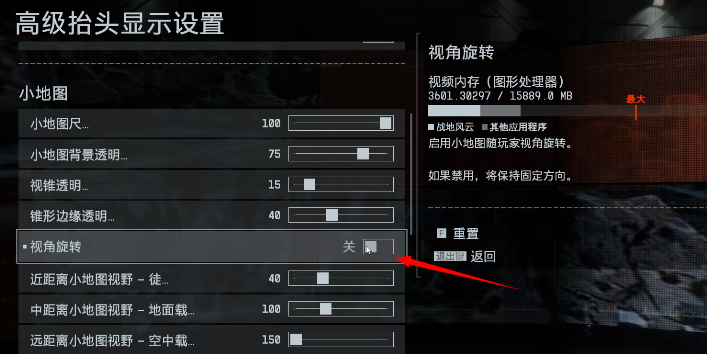
Sound Effect Mode: Use "night mode" to enhance footstep sounds, or retain "default mix" for an immersive battlefield atmosphere.
3.2 Input Lag and Memory Management
Enable "NVIDIA Reflex Low Latency + Boost" (or AMD equivalent function) to compress system latency to within 7ms. If the latency is still high, it is recommended to use biubiu Accelerator, this tool has now completed a strategic technology upgrade, working closely with CS:GO world champion player Aixleft for deep optimization, equipped with the new generation Pallas Engine 3.0. This version achieves breakthrough performance through intelligent node allocation algorithms and e-sports level network optimization technology, reducing latency by 63% and controlling packet loss rate below 0.5%.
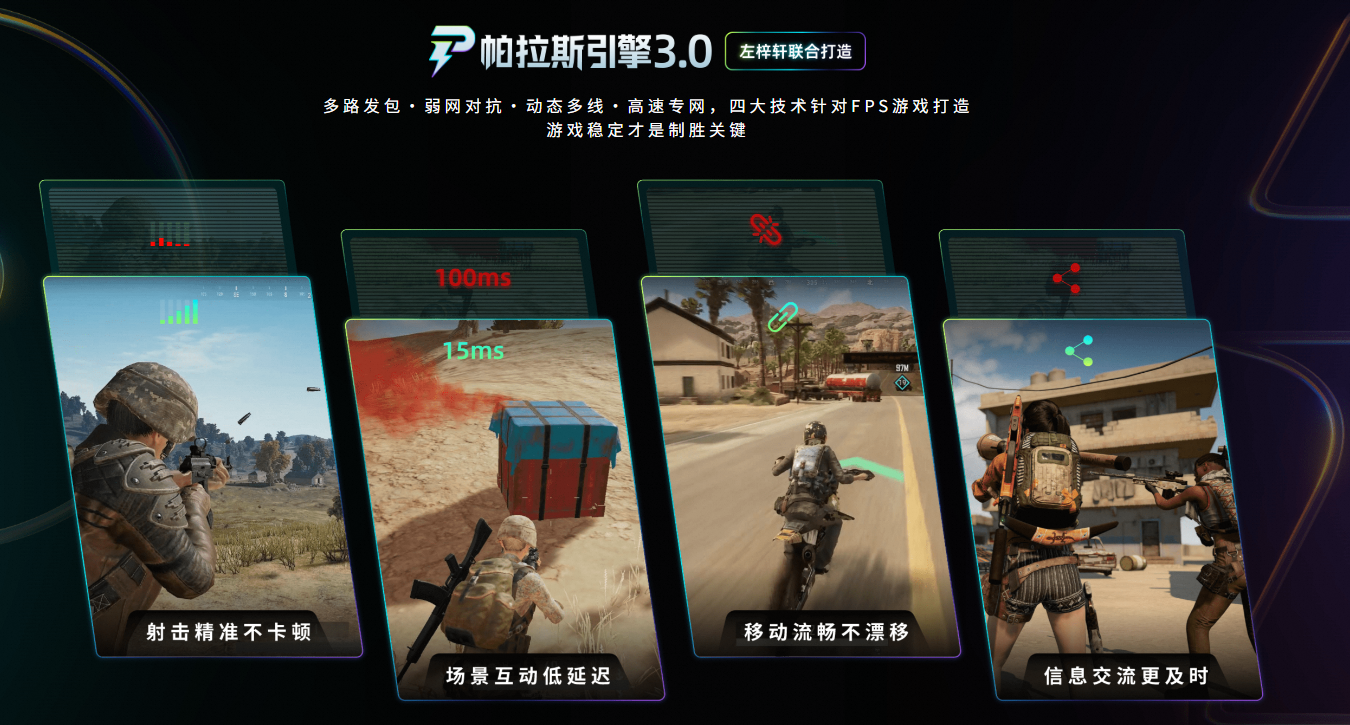
There are also early access test qualifications being distributed, complete tasks to participate in a lottery, during the test period, accelerating Battlefield 6 can also enjoy free service! To give back to new and old users, a double benefit is offered: use the exclusive code [biubiu no disconnection] to redeem 72 hours of experience time, and first-time registered users receive an additional 24 hours, totaling 96 hours of free acceleration service.

Finally, if memory continues to grow after enabling DLSS/XESS, it is necessary to clear memory or set up virtual memory (recommended value: 1.5-2 times physical memory). In summary, the core of optimizing Battlefield 6 lies in balancing performance, operation, and information acquisition. By turning off redundant effects (motion blur, view shake), calibrating sensitivity grading (independent settings for infantry/vehicles), and enabling DLSS/FSR 4 technology, players can maintain a smooth frame rate of 144fps+ while clearly capturing battlefield dynamics. At the operational level, simplifying sliding (turning off sprint side slide), disabling aim assist, correcting reticule projection, and other adjustments make control responses more in line with players' muscle memory, especially increasing close combat survival rates in high-intensity confrontations.




















